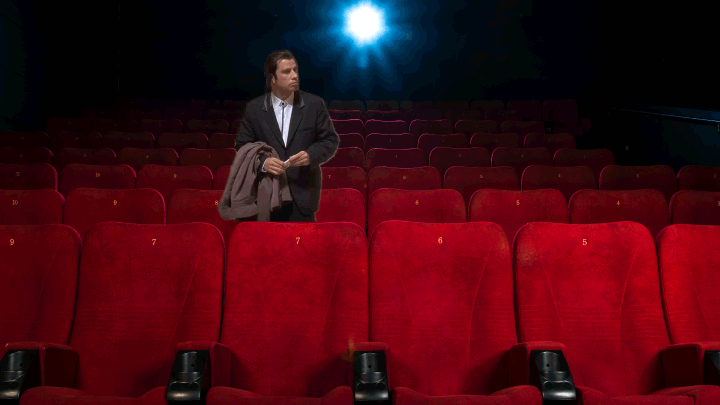Configurations of film

Scalable across a variety of formats and standardized in view of global circulation, the moving image has always been both an image of movement and an image on the move. Over the last three decades, digital production technologies, communication networks and distribution platforms have taken the scalability and mobility of film to a new level. Beyond the classical dispositive of the cinema, new forms and knowledges of cinema and film have emerged, challenging the established approaches to the study of film. The conceptual framework of index, dispositive and canon, which defined cinema as photochemical image technology with a privileged bond to reality, a site of public projection, and a set of works from auteurs from specific national origins, can no longer account for the current multitude of moving images and the trajectories of their global movements. The term “post-cinema condition,” which was first proposed by film theorists more than a decade ago to describe the new cultural and technological order of moving images, retained an almost melancholic attachment to that which the cinema no longer was. Moving beyond such attachments, the Gradudate Research Training Program “Configurations of Film” (www.konfigurationen-des-films.de) aims to account for moving images in terms of their operations, forms and formats, locations and infrastructures, expanding the field of cinematic knowledges beyond the arts and the aesthetic, while retaining a focus on film as privileged site for the production of cultural meaning, for social action and for political conflict.
The first cohort of PhD and post-doc researchers have been working since the fall of 2017 to explore and expand our understanding of configurations of film in both a contemporary and historical perspective, combining film and media theory with media history to address key problems in the development of new analytical frameworks for the moving image on the move.
- Link to project website
- Graduate Research Training Program „Configurations of film“


